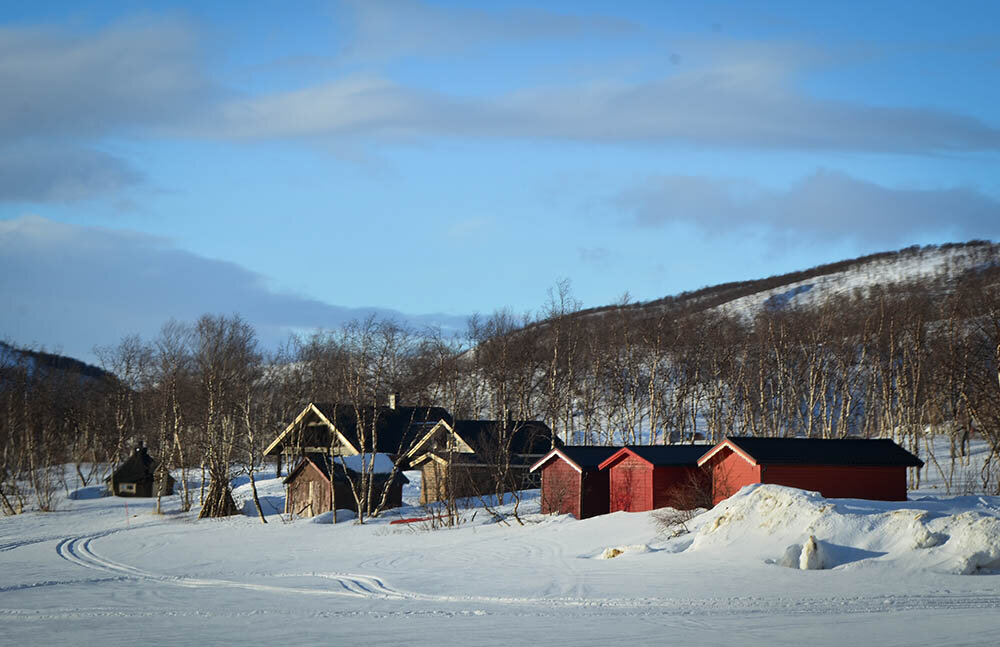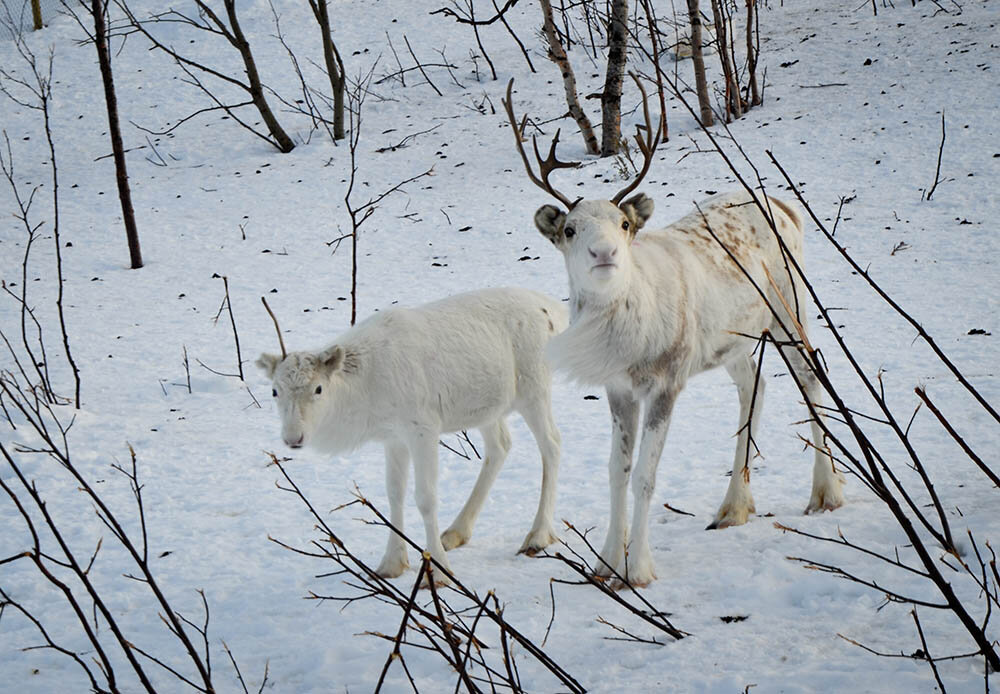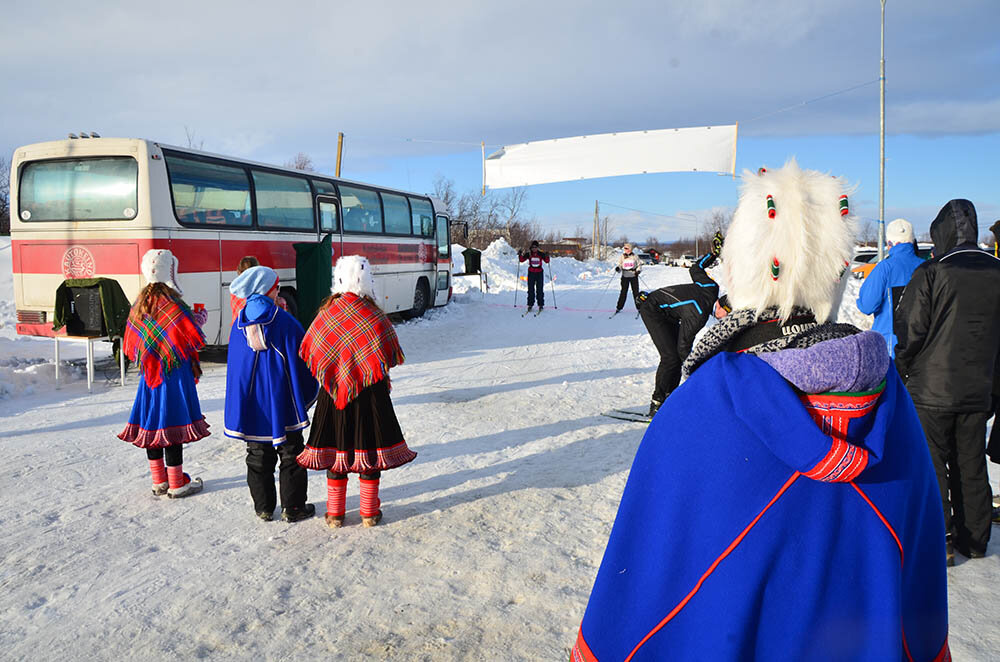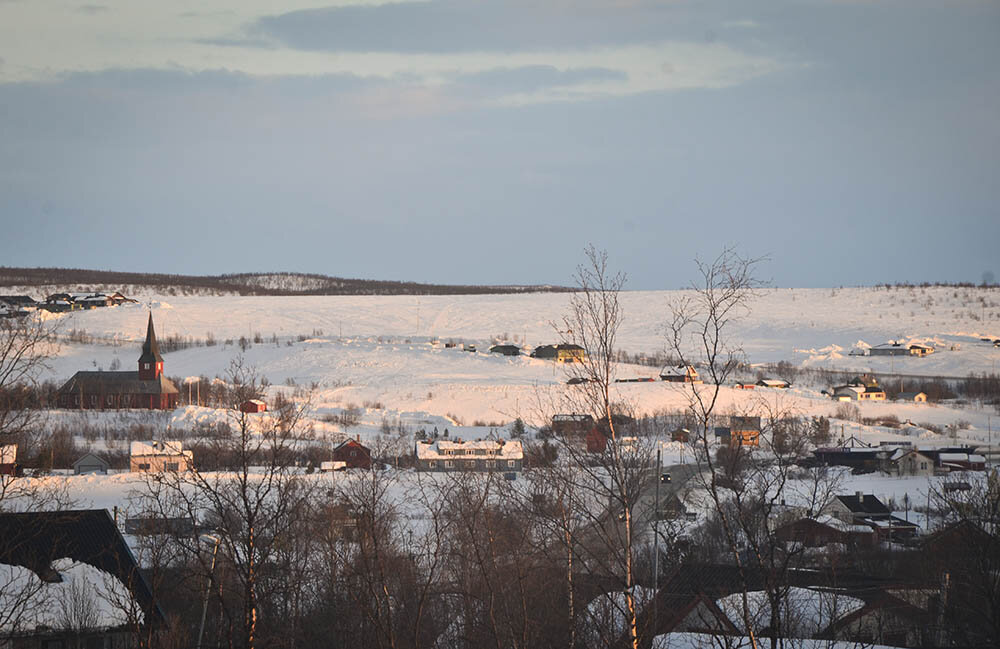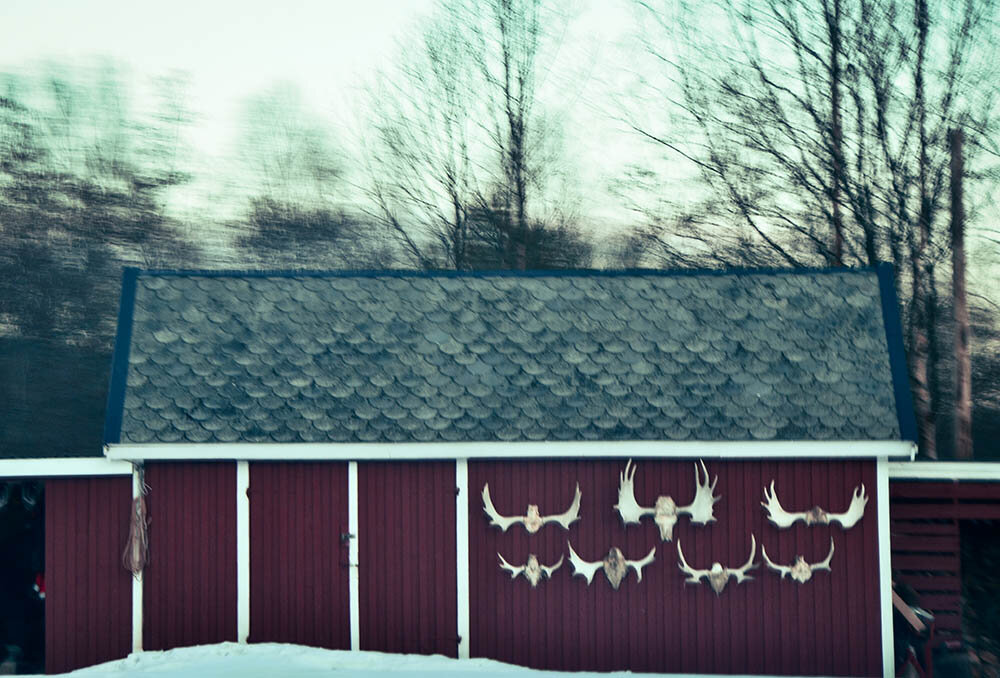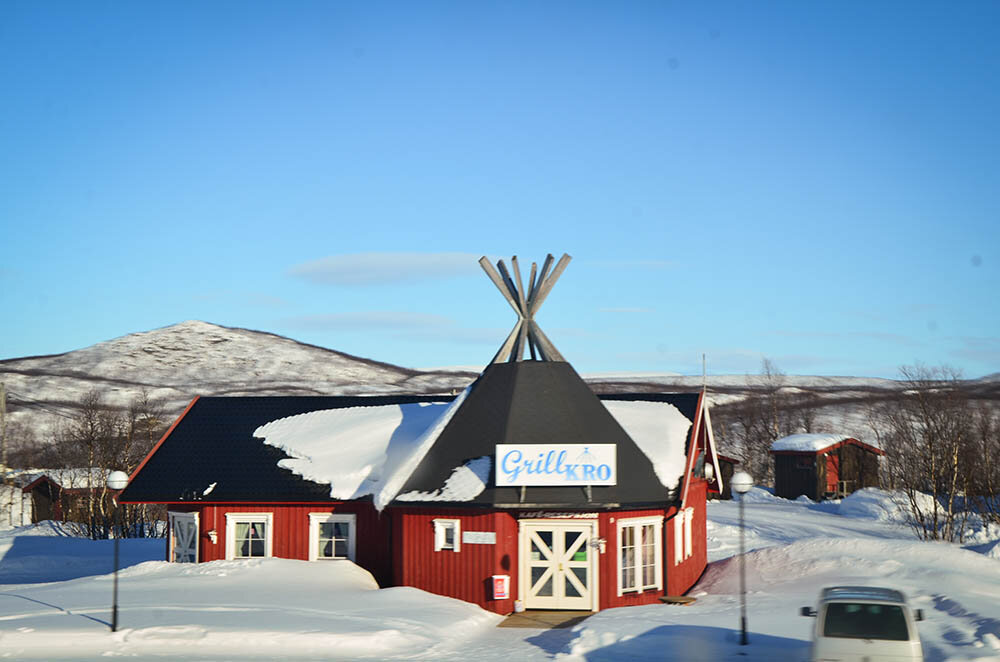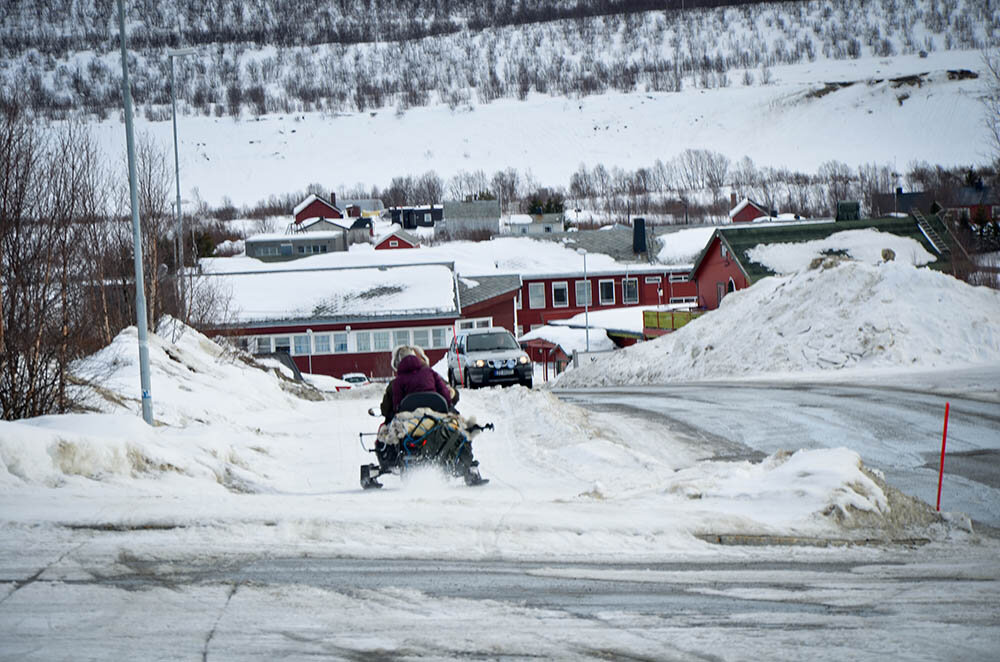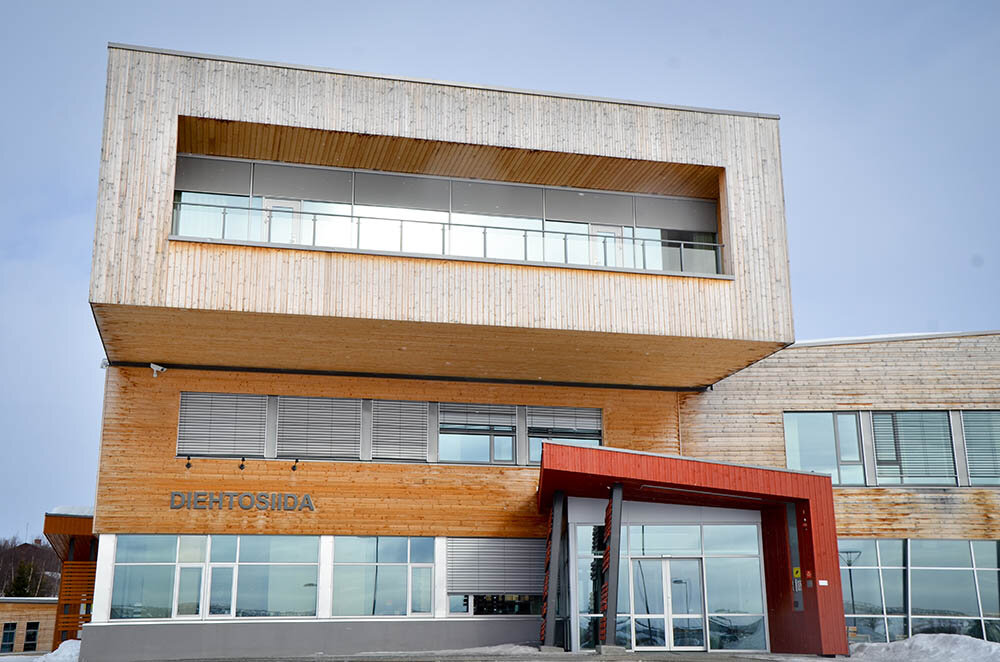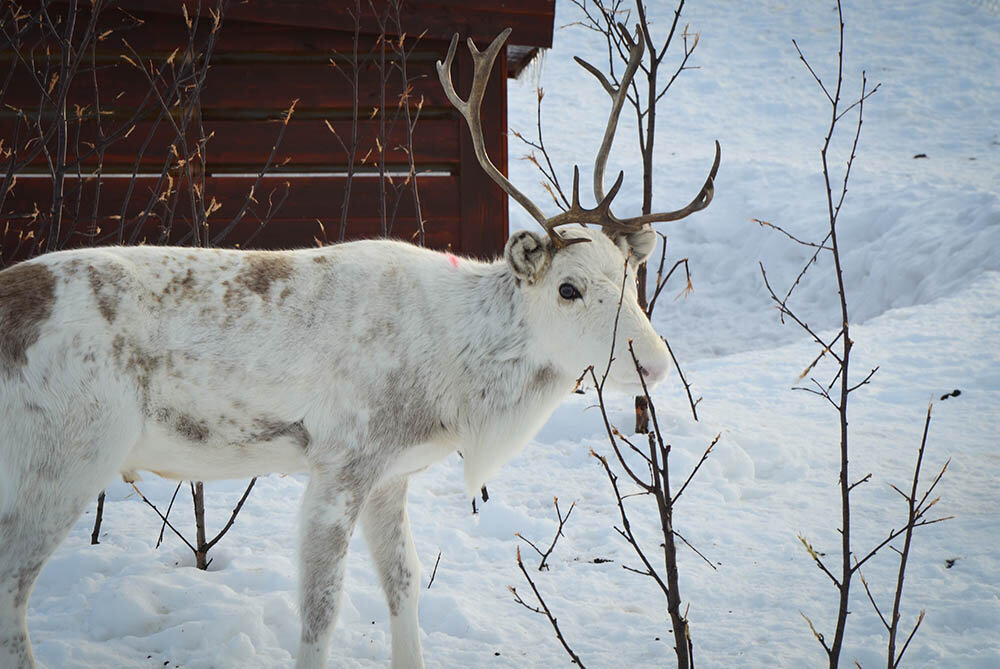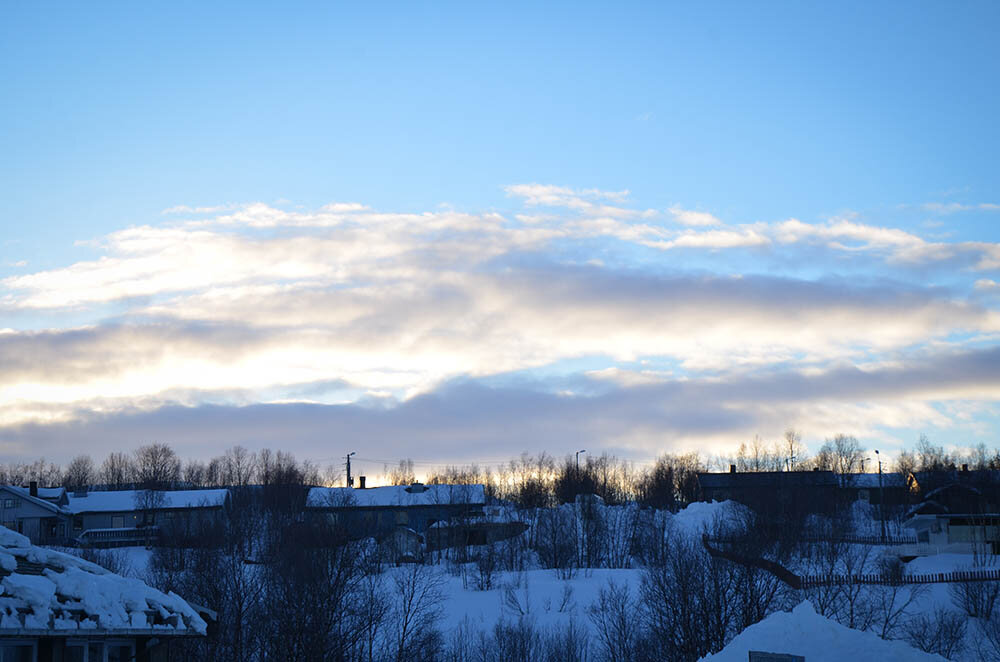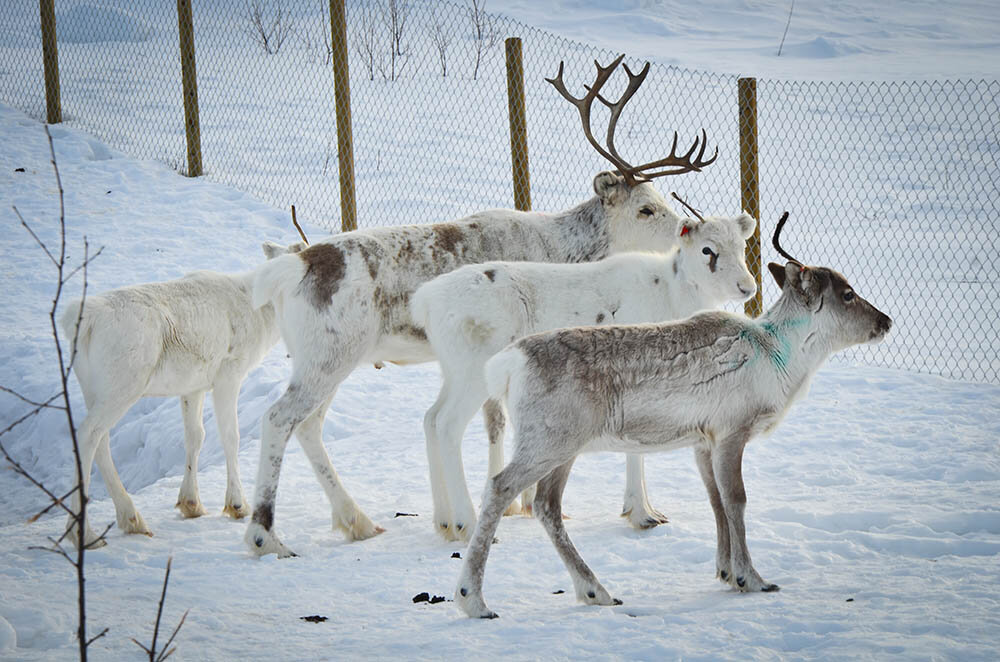ADAPTATION: Norway
Several years ago I traveled to the far reaches of northern Norway, to a town called Kautokeino. I went to attend the international launch event of the Polar Regions Chapter of the IPCC Fifth Assessment Report, taking place at the Samí University College.
Kautokeino, which sits above the Arctic Circle, is the center for Samí culture and education. The Samí are the northernmost indigenous people of Europe and are known for their semi-nomadic reindeer herding livelihood. It was the first time that indigenous knowledge was deeply incorporated in an IPCC report.
Compared to the rest of world, the Arctic region is experiencing the effects of climate change at a 2.5 times faster rate. So are the Samí and their way of life. It would be impossible to talk about adaptation without thinking about the communities that live in and depend on the Arctic ecosystem’s stability. Which is why I took great interest in a particular adaptation story I heard in the Samí community, about climate change and reindeer husbandry.
Rapidly warming Arctic temperatures are causing an increase in a winter weather event known as “rain-on-snow” (ROS). In northern Norway this has far-reaching implications for Sami livelihoods. ROS events result in an unusually thick layer of ice forming over the landscape, prohibiting reindeer from successfully breaking the ice to reach an underlying lichen, their winter food source. As a result, during the winter months, thousands of reindeer are dying.
However, Samí herders and researchers are adapting. For example, reaching back to traditional techniques of managing herd dynamics, they are castrating bulls to increase the number of reindeer that are heavy enough to break through ice, yet also altruistic enough to let the rest of the herd feed. In another effort, Sami herders are working with NASA scientists to use satellite ice-mapping, identifying favorable ice conditions for feeding. Such technological adaptation, both traditional and modern, is enabling herds to survive throughout the winter months, safeguarding and improving an important source of income and nutrition; and ultimately, preserving Samí culture and identity.
Reindeer
Reindeer herding is a way of life for Samí people. The reindeer population in Norway is estimated at 220,000. Herders earn a living by selling reindeer for meat as well as for their hides. Pictured here are several young reindeer in Kautokeino, evidenced by their small (but growing!) antlers.
Photo Credits: Alizé Carrère
Arctic Indigenous Knowledge Gains Strength in Latest IPCC Climate Report
APRIL 3, 2014
Pulling back the curtains to my window this morning, overlooking the small arctic town of Kautokeino in northern Norway, the landscape looks charmingly picturesque. Colorful wooden houses are tucked under a thick layer of snow, a white tundra plateau extends off into the horizon. Daylight, now making an appearance in this part of the world... Read full article for National Geographic's Explorers Journal
Capturing this story was made possible thanks to the generous support from the following people & organizations:
Sámi University of Applied Sciences (Kautokeino, Norway)
